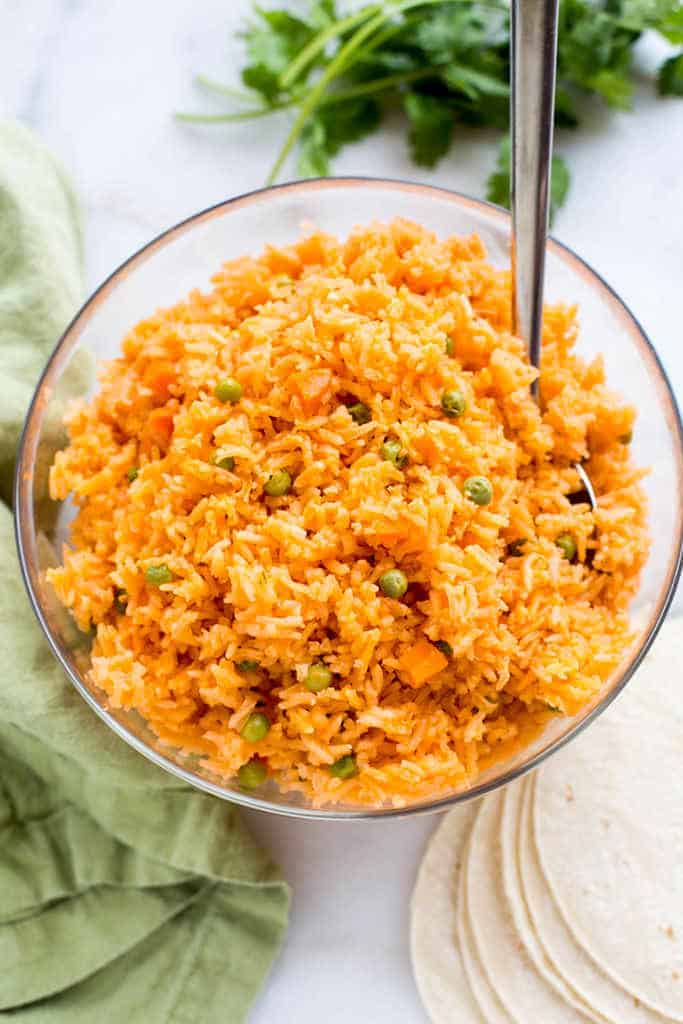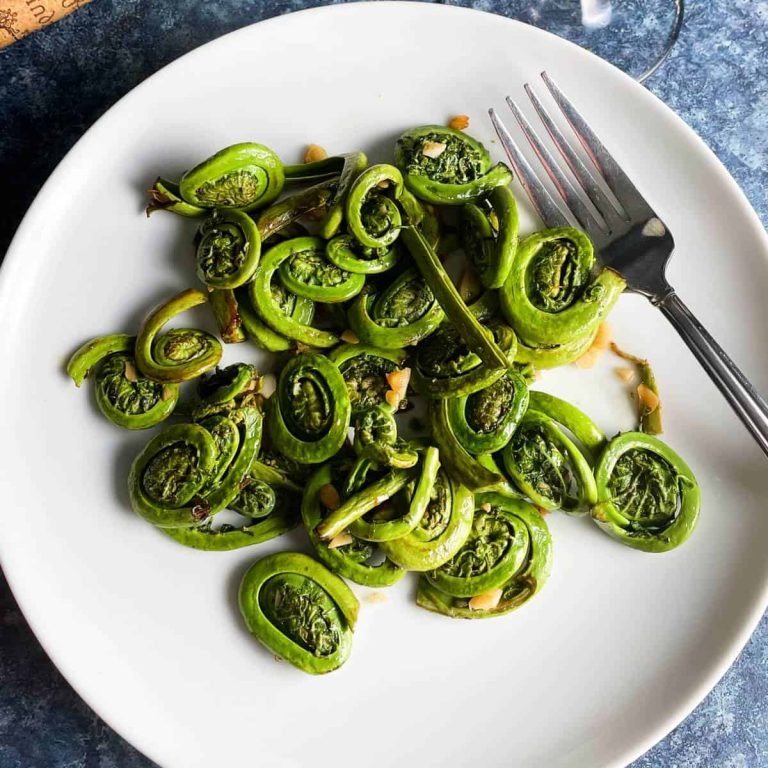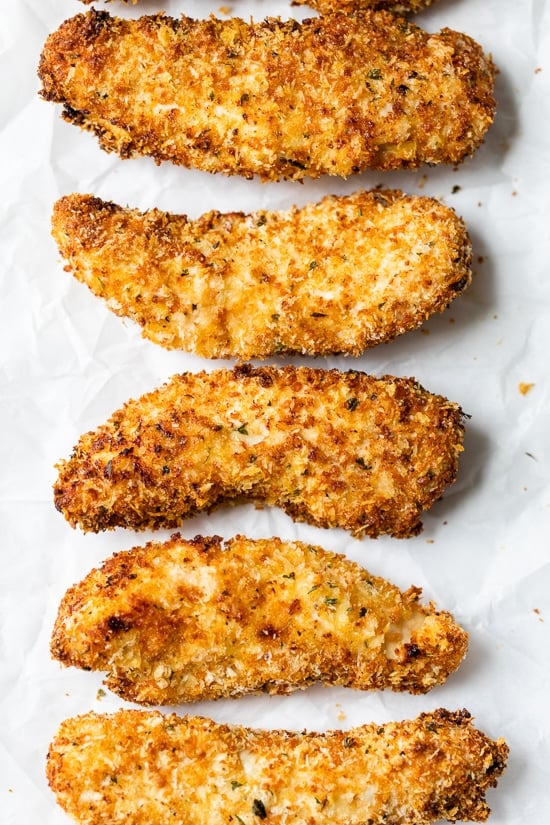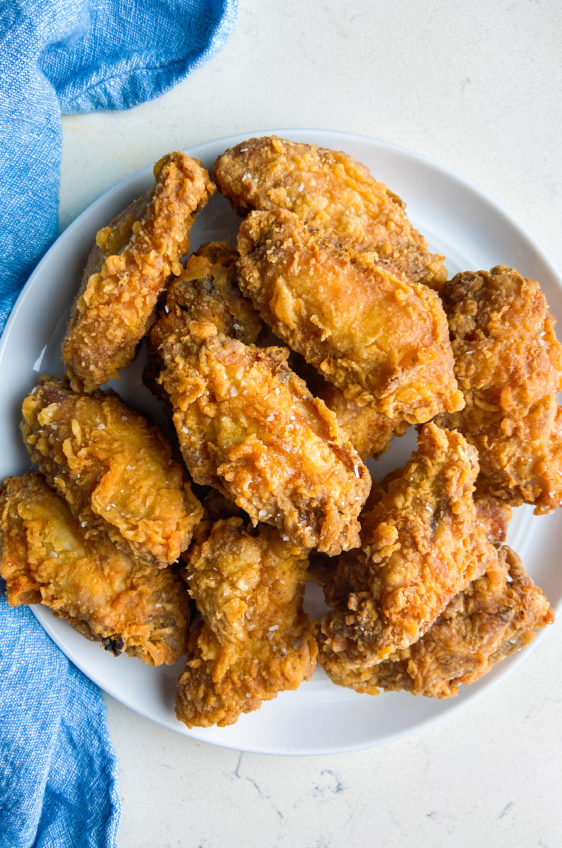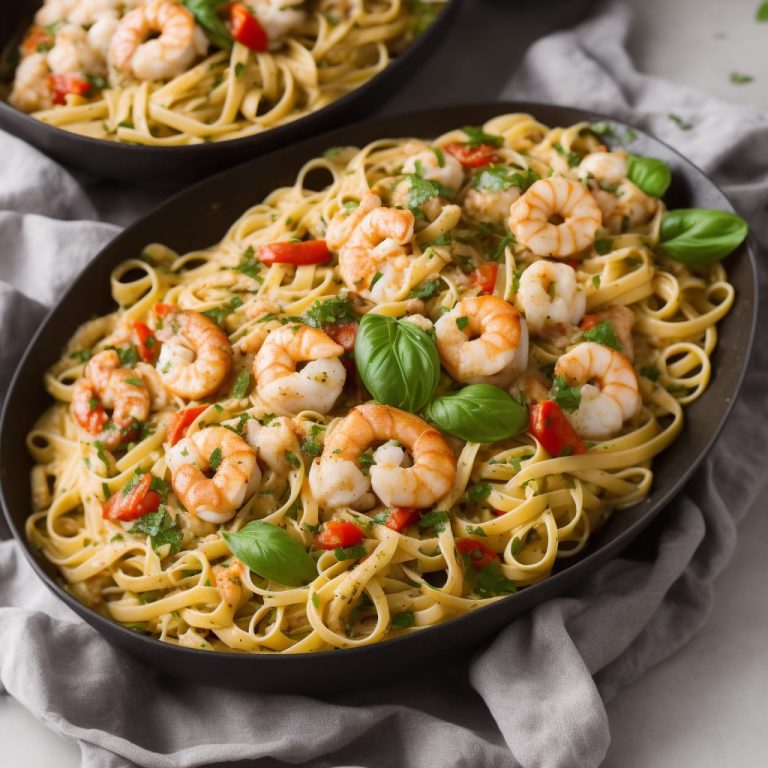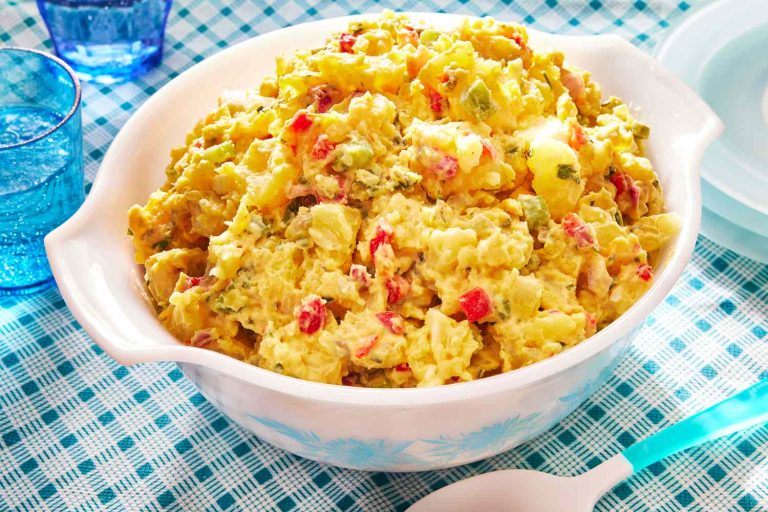Maria’s Mexican Rice Recipe: Authentic, Flavorful, and Versatile
Maria’s Mexican Rice carries a rich historical significance, rooted in the centuries-old culinary traditions of Mexico. This dish dates back to the Moors’ influence on Spanish cuisine, which was later introduced to Mexico during the Spanish conquest in the early 16th century. The integration of rice into Mexican kitchens illustrates a fusion of indigenous and European ingredients. Eventually, it evolved into the beloved Mexican staple it is today. Maria’s recipe honors these traditions, capturing the essence of historical flavors while incorporating modern tweaks.
Regional Variations
Across different Mexican regions, variations of Maria’s Mexican Rice highlight the diversity in local culinary practices. In the state of Veracruz, tomatoes and bell peppers add a subtle sweetness to the rice, while in Yucatan, achiote lends a distinct, earthy flavor. Northern Mexican regions often incorporate beef broth for a richer taste, while Southern cooks may include epazote, an aromatic herb unique to that area. Each version reflects the local ingredients and palate, making Maria’s Mexican Rice a versatile and widely loved dish throughout Mexico.
Key Ingredients of Marias Mexican Rice
Rice Selection and Preparation
Selecting the right rice is crucial for an authentic Maria’s Mexican Rice. Long-grain white rice offers the best texture, maintaining fluffiness and distinct grains. Before cooking, rinse the rice to remove excess starch. This step helps prevent clumping.
For preparation, lightly toast the rice in a pan with oil. This adds a nutty flavor and aids in achieving the desired texture. Opt for vegetable or canola oil to maintain a neutral base. A vital inventory step is ensuring you have high-quality, fresh rice since aged rice can alter cooking times and texture.
Spices and Seasonings
Spices and seasonings define the flavor profile of Maria’s Mexican Rice. Key components include cumin, garlic, onion, and chili powder. Cumin offers an earthy undertone, while garlic and onion provide aromatic depth. Chili powder introduces a subtle heat without overpowering the dish.
Tomatoes, whether fresh or canned, contribute acidity and color. Include tomato paste for a more concentrated flavor. Chicken or vegetable broth enhances the overall taste. For a traditional touch, you can use epazote, an herb that adds a unique, slightly tangy flavor. Salt and pepper adjust the seasoning balance to personal preference.
Cooking Techniques
Traditional Methods
Traditional methods of cooking Maria’s Mexican Rice emphasize simplicity and authenticity. Begin by heating oil in a large skillet over medium heat. Once the oil is hot, add the uncooked rice, which should be a long-grain white variety. Toast the rice, stirring frequently, until it becomes slightly golden.
Next, incorporate finely chopped onions and minced garlic, and sauté until they become fragrant and translucent. Add diced tomatoes or tomato sauce, which will give the rice its characteristic color and depth of flavor. Pour in chicken or vegetable broth and stir in spices such as cumin, chili powder, and ground black pepper. Bring the mixture to a boil.
Once boiling, reduce the heat to low, cover the skillet, and let the rice simmer. Cook until all the liquid is absorbed, which typically takes about 20 minutes. After cooking, let the rice sit covered for an additional 5 minutes before fluffing with a fork. This resting period ensures the grains fully absorb the flavors and reach the desired texture.
Modern Twists
Modern twists on Maria’s Mexican Rice bring new flavors and techniques to the traditional recipe. Substitute quinoa or brown rice for a different nutritional profile. You can also add a variety of vegetables such as bell peppers, corn, and peas to the dish.
Experiment with proteins like diced chicken, shrimp, or plant-based options for added protein. Swap traditional spices with contemporary flavors like smoked paprika or Sriracha for a spicy kick. You can also use an Instant Pot or rice cooker for convenience while maintaining the essential taste and texture.
For a creamier consistency, stir in a spoonful of sour cream or grated cheese towards the end of the cooking process. These modern twists keep Maria’s Mexican Rice fresh and exciting while respecting the dish’s cultural roots.
Health and Nutritional Aspects
Caloric Content
Maria’s Mexican Rice offers a balanced caloric intake per serving. Typically, a cup of cooked Mexican rice contains around 200-250 calories. This range can vary based on ingredient adjustments, such as using olive oil instead of vegetable oil or choosing brown rice over white rice. The caloric value also increases with added proteins like chicken or beef but decreases slightly with more vegetables. Therefore, you can modify the recipe to suit your energy needs while retaining its flavorful essence.
Dietary Considerations
Maria’s Mexican Rice can cater to various dietary preferences. For those aiming for higher fiber intake, substitute white rice with brown rice or quinoa. These alternatives increase fiber and nutrient density, benefiting digestive health. For vegan or vegetarian versions, use vegetable broth instead of chicken broth and add legumes like black beans or chickpeas for protein. Gluten-free diets can easily include this dish, as rice and its common accompaniments are naturally gluten-free. Adjusting spices like reducing salt can help manage dietary sodium concerns, making it suitable for different health needs.
Pairing Marias Mexican Rice with Other Dishes
Complementary Mexican Dishes
Combine Maria’s Mexican Rice with classic Mexican dishes to enhance your meal’s flavors and textures. Consider pairing it with tacos, enchiladas, and fajitas for a traditional Mexican dining experience. The rice’s slight smokiness balances a wide variety of fillings and sauces. Additionally, serve it alongside grilled meats like carne asada, chicken adobo, or al pastor. The rice complements beans, whether served with refried beans, black beans, or charro beans, adding depth and richness to the plate.
Here are a few examples:
- Tacos: Soft or hard shell, filled with meats or veggies.
- Enchiladas: Rolled tortillas with diverse fillings, topped with chili sauce.
- Fajitas: Strips of marinated meat or vegetables, often served sizzling.
- Grilled Meats: Carne asada, chicken adobo, al pastor.
- Beans: Refried beans, black beans, charro beans.
International Cuisine Pairings
Expand your culinary horizons by pairing Maria’s Mexican Rice with international dishes. The rice’s robust flavors complement Middle Eastern kabobs, Mediterranean falafel, or Greek gyros. Asian dishes like teriyaki chicken, fried tofu, or vegetable stir-fry also work well with its savory notes. For an Indian twist, serve it with chicken tikka or chickpea curry. The versatility of Maria’s Mexican Rice allows it to fit seamlessly into various global cuisines, creating unique and flavorful combinations.
Examples include:
- Middle Eastern: Kabobs, falafel, shawarma.
- Mediterranean: Gyros, grilled vegetables, lamb koftas.
- Asian: Teriyaki chicken, fried tofu, vegetable stir-fry.
- Indian: Chicken tikka, chickpea curry, samosas.
Pairing Maria’s Mexican Rice with these diverse dishes offers endless possibilities for enriching your dining experience.
Conclusion
Maria’s Mexican Rice stands as a versatile and culturally rich dish that can be adapted to fit various dietary needs and flavor preferences. Whether you’re using traditional ingredients or modern twists like quinoa and smoked paprika, this dish offers endless possibilities. Its balanced nutritional profile and potential for creative pairings make it a valuable addition to any meal plan. By incorporating different techniques and ingredients, you can enjoy Maria’s Mexican Rice in many delightful ways, honoring its heritage while making it your own.
